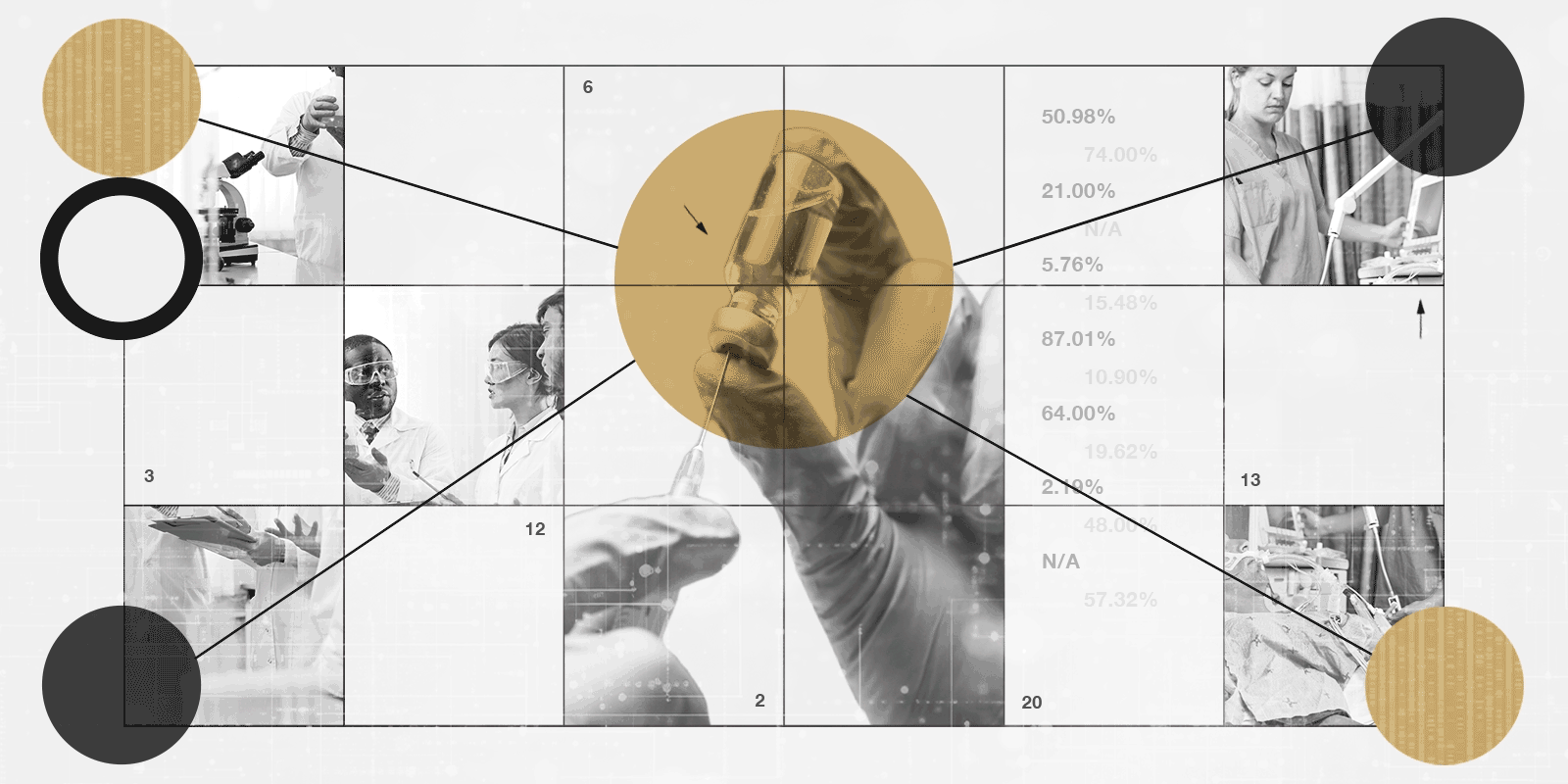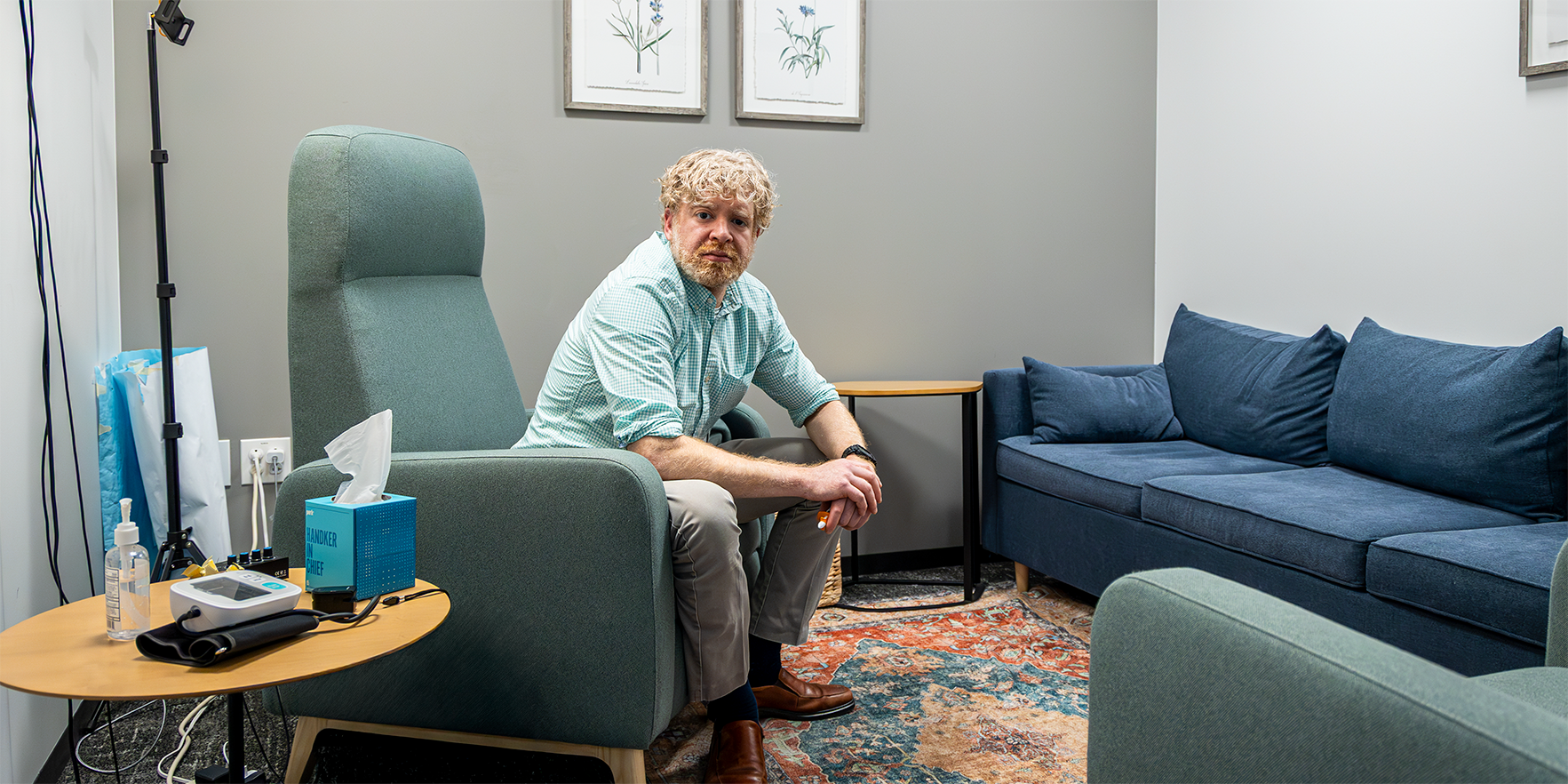Each year, an estimated 1.5 million intensive care unit (ICU) patients are at risk of experiencing a potentially life-threatening adverse drug event (ADE), or an unexpected negative reaction to medication.
Several factors account for this significant risk, including the intricate medication regimens often required for critically ill patients (who are already highly susceptible to complications), the demanding workload of ICU staff, and, sometimes, simple human error.
A proven strategy for mitigating the risk of ADEs in the ICU is the integration of critical care pharmacists (CCPs) into the healthcare team. These specialized pharmacists closely monitor patients' medication regimens, using a patient’s personal health history and current status to inform decisions about dosage, medication adjustments and the early detection of potentially dangerous reactions before they escalate into crises.
This is the fifth article in an ongoing series on artificial intelligence in the health sciences. See other articles in series.
Research indicates that the involvement of a critical care pharmacist can lead to a 70% reduction in ADEs. Scientist and clinician Andrea Sikora, PharmD, MSCR, FCCP, FCCM, an associate professor in the Department of Biomedical Informatics at the University of Colorado School of Medicine, aims to further improve these outcomes. Sikora's research focuses on developing artificial intelligence-based tools capable of predicting ADEs long before they occur, thus helping to guide decision-making and stave off potential problems.
We spoke with Sikora about the importance of critical care pharmacists and the promising potential of AI in this field.





